CYSTICERCOSIS
Parasitic tissue infection caused by larval cysts of the tapeworm Taenia Solium.
Cysticercus
Stage in which the scolex is inverted in a sac like structure within various tissues.
Definitive Host: Humans
Intermediate host: pigs
Cysticercosis results when humans act as accidental intermediate hosts ( after consumption of raw/uncooked contaminated pork. Infection can also occur through ingestion of contaminated food or water containing eggs or proglottids.
Clinically, In humans, T. solium can manifest as
a. Asymptomatic or minimally symptomatic intestinal carriage which is referred to as TAENIASIS
b. Infection with cysticerci referred to as CYSTICERCOSIS, predominantly in the subcutaneous tissue, intramuscular, eyes, and neural tissues.
Pathological Findings:
Depending on the location, larval cysts are embedded in the tissues with or without surrounding dense inflammatory reaction.
Grossly these cysts are variably sized ranging from few mm to few cm. and contain clear fluid. The cyst wall is pearly white and pulpy. Appears like soft coconut pulp. Scolex may be visible inside the cyst as tiny white nodule. The fluid later turns opaque as the cyst degenerates and finally can be calcified.


Microscopically:
The features are described in the illustration below.



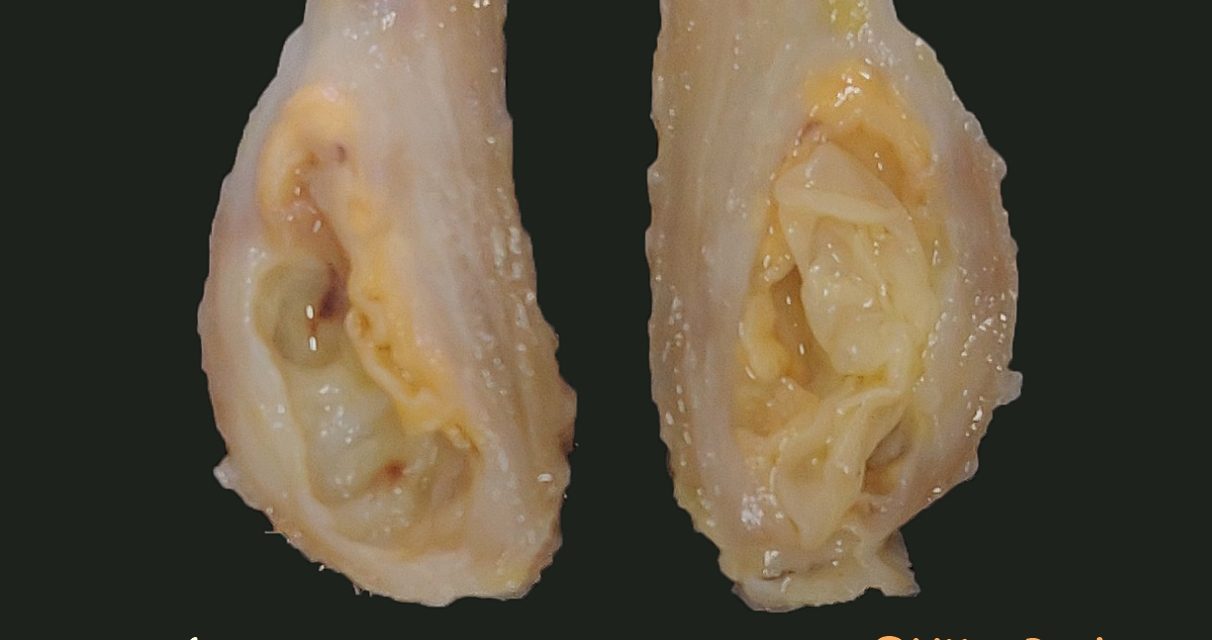
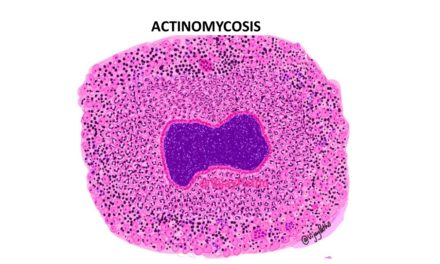
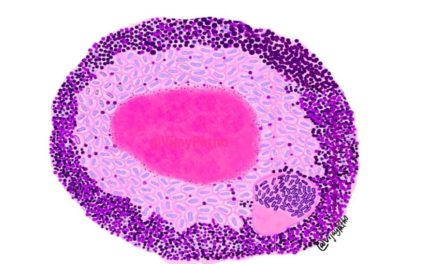
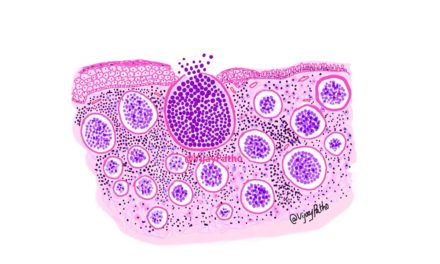
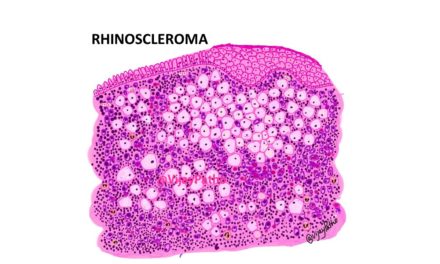





Recent Comments